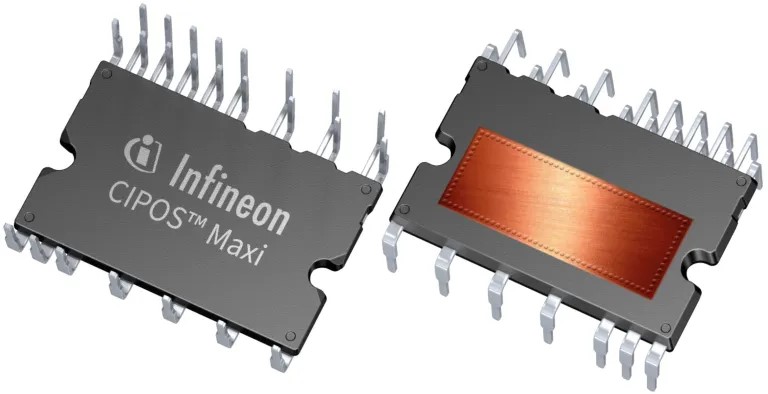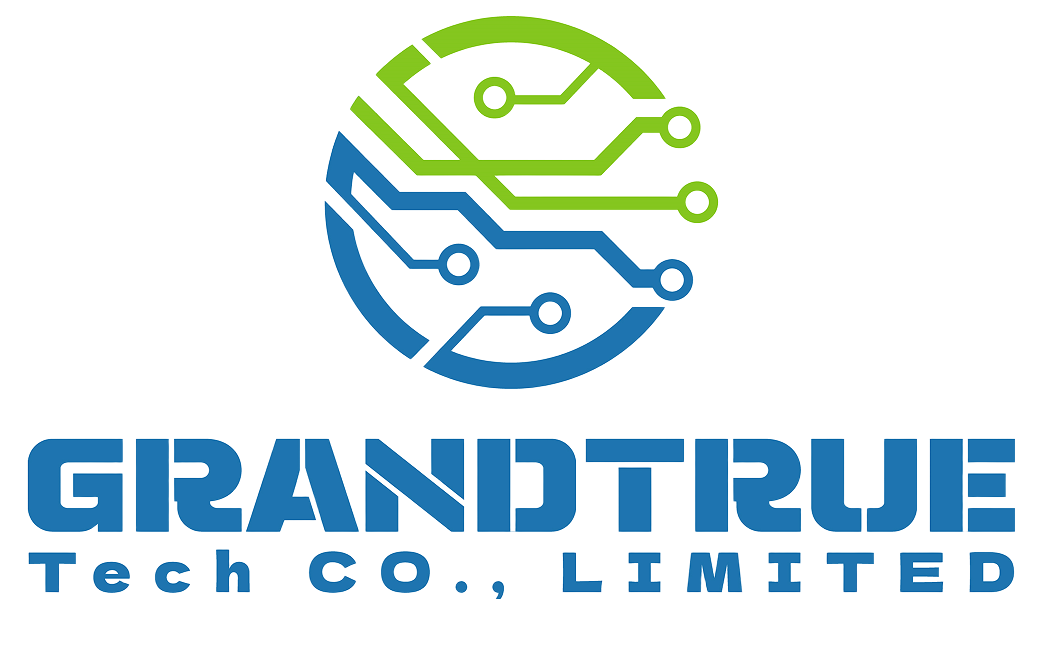Power ICs used in these domains include solutions such as power management ICs (PMICs), low-dropout regulators (LDOs), switching controllers and intelligent power modules (IPMs). Each class of power IC offers distinct features and advantages, making them suitable for specific aspects of power management in industrial and robotics applications. Key trends in each category—considering their properties, advantages and control methods—demonstrate how advancements in power IC technology continue to support these industries.
PMICs
PMICs are critical components in industrial and robotics applications, as they integrate multiple power functions into a single chip, reducing the need for discrete components. In environments where space is often limited and power demands are high, the integration provided by PMICs is invaluable. PMICs typically include DC/DC converters, LDOs and sometimes battery management functions, among others.
One major trend in PMICs is the push toward higher power densities. This trend enables PMICs to deliver more power within smaller footprints, helping to meet the compact design requirements common in robotics and industrial applications.
Another trend in PMICs is enhanced thermal management. As PMICs handle multiple power functions, they are prone to heat buildup. Advanced PMICs now include thermal management features such as temperature monitoring and throttling, ensuring continuous operation without thermal shutdowns.
Additionally, PMICs for industrial and robotics applications are being designed with improved fault tolerance and system protection. These protection features, such as overvoltage, overcurrent and short-circuits, make them resilient to harsh operating conditions and are essential for applications requiring high reliability and safety.
Enhanced programmability is also a focus area. PMICs often include programmable voltage and current settings via serial communication interfaces (such as I2C or SPI), enabling dynamic adjustments to meet varying load requirements in real time.
For example, Texas Instruments Inc. (TI) has introduced a new product, the TPS6522005-EP, an enhanced user-programmable PMIC offering three step-down DC/DC converters and four LDOs. Several features, including dynamic voltage scaling, overcurrent protection, power sequencing, power supply and system monitoring, UVLO and thermal shutdown, can be programmed either at the factory or via software using an I2C interface.
This PMIC is designed to supply a wide range of systems-on-chip (including the Sitara AM64x and the Zynq Ultrascale+) across a temperature from –55°C to 125°C, making it suitable for demanding industrial applications.
Following a trend that can be found in other manufacturers’ devices, the TPS6522005-EP supports a multi-PMIC configuration. In designs in which multiple PMICs are required, a dedicated GPIO pin can be connected among all PMICs to synchronize their power-up and power-down operations, thus providing the loads with the required voltage at the exact time.
To achieve higher power density in a smaller space, TI unveiled two new power conversion devices this year. The new GaN-based 100-V integrated power stages (LMG2100R044 and LMG3100R017) simplify thermal design, reduce solution size by more than 40% and achieve the highest power density (1.5 kW/in.3) in mid-voltage applications.
Additionally, engineers may now reduce the size of the isolated bias power supply in industrial and automotive systems by more than 89% with the help of the new 1.5-W isolated DC/DC modules with integrated transformers, which are the smallest and most power-dense in the industry, according to TI. The isolated DC/DC modules (UCC33420 and UCC33420-Q1), available in a 4 × 5-mm, very thin small-outline no-lead package, meet electromagnetic interference (EMI) criteria (CISPR 32 and 25) with fewer components and a simpler filter design.
To support the development and implementation of Industry 4.0 solutions, data centers are essential. Rambus Inc. has introduced a new series of DDR5 server PMICs that allow the manufacturers of memory modules to satisfy the increasing demand for high-performance memory storage in data centers.
Among the changes introduced by DDR5 is moving the PMICs from the motherboard to the memory module (Figure 2). Receiving a 12-V input, the DDR5 on-module PMIC generates the voltage levels required by the components on the module. This saves motherboard space and removes the need for motherboard voltage regulators specifically designed for DDR5 modules.



